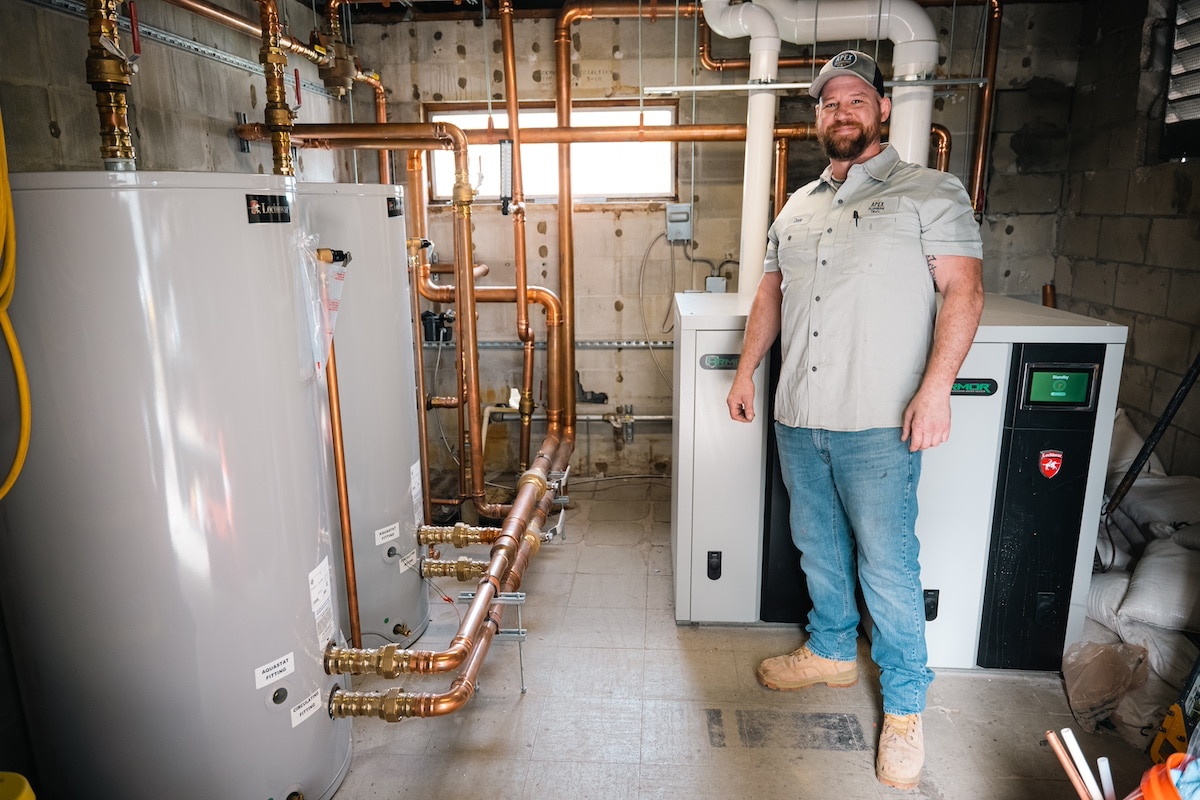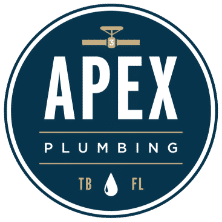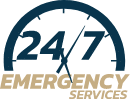
A well-functioning shower system is key for a comfy bathroom. Sadly, many bathroom makeovers hit a snag because of bad plumbing planning.
It’s important for homeowners and DIY fans to know about shower plumbing. This includes the parts like water supply lines, shut-off valves, and shower heads. Also, the drain system plays a big role.
Learning about shower plumbing can avoid expensive errors. It makes the renovation smoother.
Key Takeaways
- Shower plumbing involves several key components, including water supply lines and drain systems.
- Understanding these components is vital for a successful bathroom renovation.
- Proper planning can help prevent delays and costly mistakes.
- Shower plumbing essentials include shut-off valves, shower valves, and shower heads.
- A well-designed shower system enhances the overall bathroom experience.
Essential Plumbing Components for a Shower
For a shower to work right, you need a few key plumbing parts. These parts make sure your shower is safe and fun to use.
Key Components
The main parts are water supply lines, shut-off valves, shower valves, shower heads, and drain systems. Water supply lines carry hot and cold water to the shower.
- Water supply lines: These lines bring hot and cold water to the shower.
- Shut-off valves: These valves let you control water during repairs or emergencies.
- Shower valves: They mix hot and cold water to the perfect temperature.
- Shower heads: They come in different styles and spread water for showering.
- Drain systems: Including the P-trap, they get rid of wastewater and keep sewer gases out.
It’s important to know how each part works. This helps with installing and keeping shower plumbing in good shape. Homeowners can then see how complex their shower’s plumbing is.
Working shower plumbing parts are key for a safe and fun shower. Regular checks and upkeep can spot problems early, avoiding big issues later.
What Plumbing is Needed for a Shower? A Complete Breakdown
A shower needs a well-designed plumbing system to work right. It has several parts that must work together. This ensures a safe and enjoyable showering experience.
Shower Plumbing Diagram
A shower plumbing diagram shows the setup. It includes water supply lines, shut-off valves, and shower valves. It also shows riser pipes, shower heads, and drain systems. Knowing this diagram is key to understanding shower plumbing.
The water supply lines connect to shut-off valves. These valves control the water flow. The shower valves, often a mixing valve, adjust the water temperature. Riser pipes link the valves to the shower head. The drain system takes away wastewater.
There are many materials for shower plumbing. Pipes can be copper, PEX, or CPVC. Copper is durable and resists corrosion. PEX is flexible and won’t freeze. CPVC is also corrosion-resistant and used for hot water lines.
Fixtures like shower heads and handles are made from brass and stainless steel. Brass is durable and resists corrosion. Stainless steel is strong and looks modern.
- Copper, PEX, and CPVC are common materials for pipes.
- Brass and stainless steel are often used for fixtures.
- Proper installation is key to a well-functioning shower plumbing system.
Materials and Tools for Shower Plumbing Installation
A well-planned shower plumbing installation is key for a leak-free and efficient shower. The right materials and tools are vital for this.
Durable pipes, like copper, PEX, or CPVC, are needed to handle water pressure. You’ll also need fittings, such as elbows and tees, to navigate the plumbing system.
Essential Materials
- Durable pipes (copper, PEX, CPVC)
- Fittings for pipe connections
- Shower valves and trim for temperature control
- Shower heads and arms for water distribution
- Drain components for proper water disposal
Having the right tools is just as important. You’ll need pipe cutters, adjustable wrenches, and sealants for a successful installation.
Necessary Tools
- Pipe cutters for precise pipe cutting
- Adjustable wrenches for fitting adjustments
- Sealants for leak prevention
By choosing the right materials and tools, homeowners can ensure a successful shower plumbing installation. This meets local plumbing codes and withstands water pressure.
Conclusion
Having good shower plumbing is key for a great shower. Regular upkeep helps your plumbing last longer.
Here are some tips to keep your shower plumbing in great shape: clean your shower heads often, check and replace seals when needed, and keep drains clear to avoid clogs.
By using these tips, you can fix common problems and avoid bigger issues. Keeping your plumbing well-maintained means a safer and more enjoyable shower.
Need professional, emergency plumbing services in the Tampa Bay area? Contact Apex Plumbing today!







